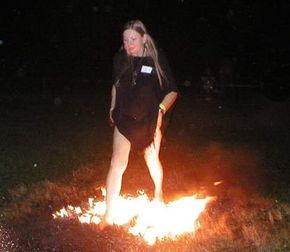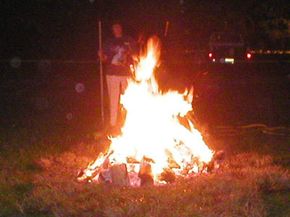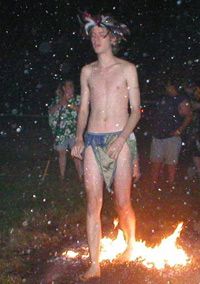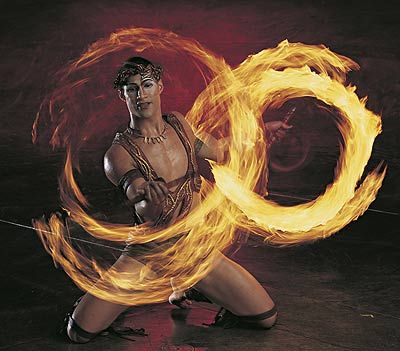I would like for you to imagine the following situation: You get a call one day offering you the chance to win a million bucks. It's a new reality show that takes ordinary people and asks them to do extraordinary things. All that you have to do to win $1 million is a little firewalking -- simply saunter across a bed of burning coals on live TV.
Bodily Feats Pictures
Would you do it? Firewalking is one of those strange things that lots of us wonder about -- people seem to be able to do it without getting burned. But could just anybody do it? Is there some kind of gimmick that makes firewalking possible?
Advertisement
If you ever watch a firewalking event on TV or in a movie, you know that what you always see is a large, glowing bed of burning coals. The bed may be 10 feet long or so. And the glowing coals are real. People actually do walk across the red coals in bare feet. The firewalker makes his way across the coals as though by magic. How is this possible, and can any other person do it just as easily?
In this article, you will learn exactly how "firewalkers" walk across a bed of glowing coals without getting burned!
Advertisement





